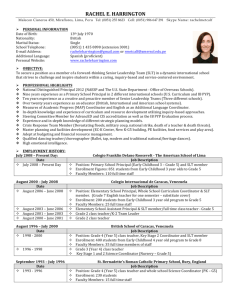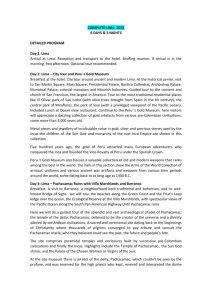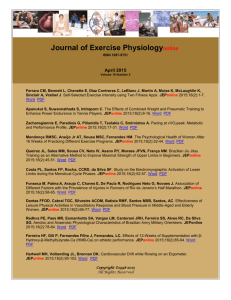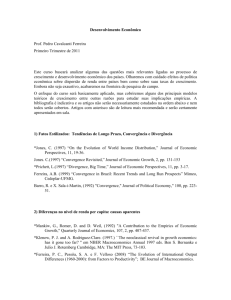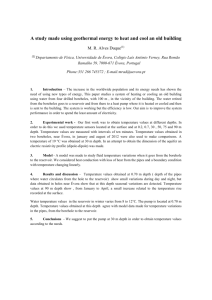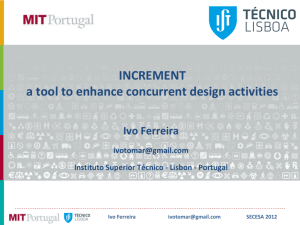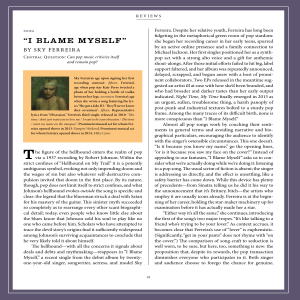the work of Ignácio António Ferreira de Lima († 1818) as a case study
advertisement
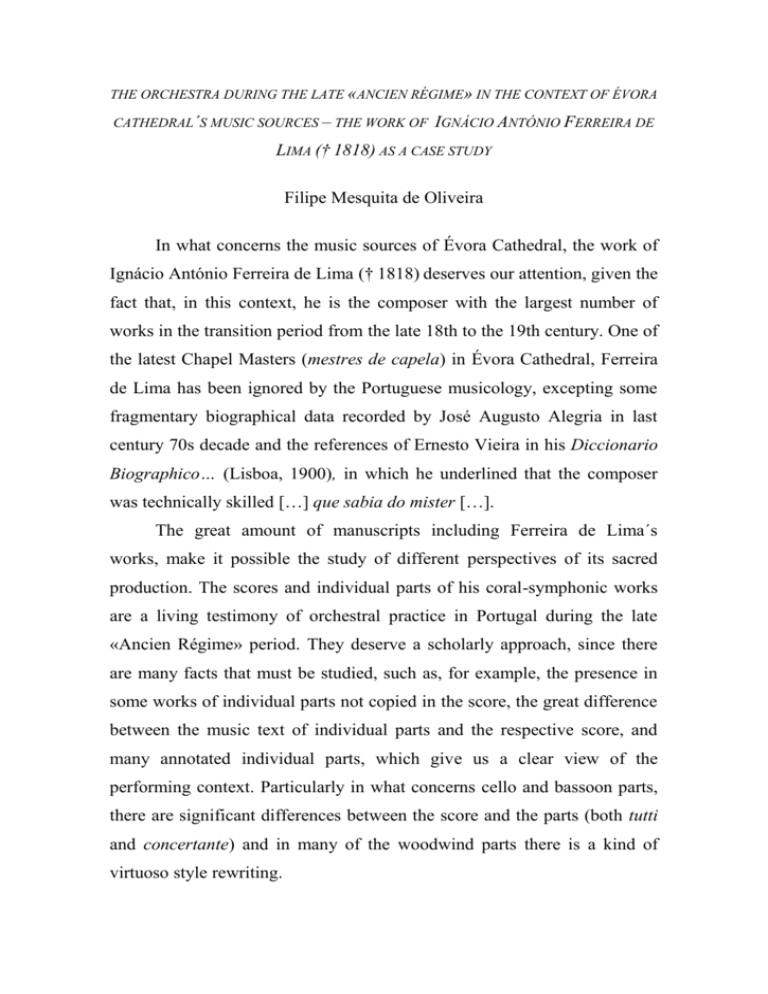
THE ORCHESTRA DURING THE LATE «ANCIEN RÉGIME» IN THE CONTEXT OF ÉVORA CATHEDRAL´S MUSIC SOURCES – THE WORK OF IGNÁCIO ANTÓNIO FERREIRA DE LIMA († 1818) AS A CASE STUDY Filipe Mesquita de Oliveira In what concerns the music sources of Évora Cathedral, the work of Ignácio António Ferreira de Lima († 1818) deserves our attention, given the fact that, in this context, he is the composer with the largest number of works in the transition period from the late 18th to the 19th century. One of the latest Chapel Masters (mestres de capela) in Évora Cathedral, Ferreira de Lima has been ignored by the Portuguese musicology, excepting some fragmentary biographical data recorded by José Augusto Alegria in last century 70s decade and the references of Ernesto Vieira in his Diccionario Biographico… (Lisboa, 1900), in which he underlined that the composer was technically skilled […] que sabia do mister […]. The great amount of manuscripts including Ferreira de Lima´s works, make it possible the study of different perspectives of its sacred production. The scores and individual parts of his coral-symphonic works are a living testimony of orchestral practice in Portugal during the late «Ancien Régime» period. They deserve a scholarly approach, since there are many facts that must be studied, such as, for example, the presence in some works of individual parts not copied in the score, the great difference between the music text of individual parts and the respective score, and many annotated individual parts, which give us a clear view of the performing context. Particularly in what concerns cello and bassoon parts, there are significant differences between the score and the parts (both tutti and concertante) and in many of the woodwind parts there is a kind of virtuoso style rewriting. Focusing in Ferreira de Lima´s case study works in its orchestral context, the aim of this paper is to suggest that many of the principles studied could and should be also applied to other Portuguese sacred music composers of the same period.


